Common Mistakes in the Film Budgeting Process

Budgeting for a film is an intricate process that demands meticulous attention to detail and a profound understanding of the myriad components involved. Despite the availability of sophisticated budgeting tools, many filmmakers still fall prey to common pitfalls that can derail their projects. We'll discuss these frequent errors and offer insights on how to circumvent them.
Underestimating Costs
A pervasive mistake in the film budgeting process is the underestimation of costs. Filmmakers often overlook ancillary expenses, such as insurance, permits, and contingency funds. This oversight can lead to significant financial shortfalls. Utilizing a comprehensive tool can help identify and account for these hidden costs, ensuring a more accurate budget.
Ignoring Unions and Fringes
Compliance with union regulations and fringe benefits is paramount in the film industry. Ignoring these can result in substantial fines and legal complications. It's imperative to incorporate union rates and fringe benefits into your budgeting process. Budgeting & Scheduling tools can facilitate this by providing up-to-date information on union scales and fringe calculations.
Mismanaging Contracts and Scale Wages
Contracts and scale wages are critical components that require scrupulous management. Excessive penalties or misunderstanding scale wage requirements can inflate your budget. Engaging a labor consultant can be invaluable in navigating these complexities, ensuring that your contracts are administered accurately and compliant with industry standards.
Inadequate Scheduling
An often-overlooked aspect of budgeting is the scheduling of production activities. Poor scheduling can lead to inefficiencies and increased costs, like increased penalties. Comprehensive scheduling tools used in conjunction with budgeting tools, can optimize your production timeline, reducing unnecessary expenditures and ensuring a streamlined process.
Overlooking Post-Production Costs
Post-production is a significant phase that entails substantial costs, including editing, sound design, and visual effects. Filmmakers frequently underestimate these expenses, leading to budget overruns. A detailed and realistic post-production budget is essential to avoid financial pitfalls.
Lack of Contingency Planning
Every film project is susceptible to unforeseen challenges, from weather delays to equipment malfunctions. A lack of contingency planning can exacerbate these issues, resulting in budgetary crises. Allocating a contingency fund—typically 10-15% of the total budget—can provide a financial buffer to address unexpected problems.
In conclusion, the film budgeting process is fraught with potential errors that can derail even the most well-planned projects. By leveraging budgeting tools (like Celtx, Movie Magic Budgeting, or Saturation), adhering to union regulations, managing contracts meticulously, scheduling efficiently, accounting for post-production costs, and planning for contingencies, filmmakers can mitigate these risks. A thorough and well-structured budget is not merely a financial plan but a roadmap to a successful film production.









